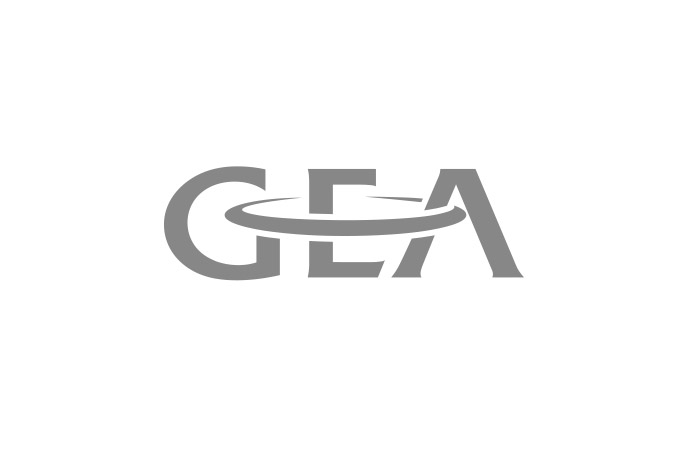In its first major Climate Action Report to the United Nations, the US projects that national greenhouse gases will grow by 4% by 2020. A large portion of the growth is driven by HFCs, which are projected to more than double. Action to tap emissions of HFCs, such as allowing on the market the use of climate friendly hydrocarbon refrigerants, would therefore enable the US to move from the projected growth in emissions to an actual reduction.

While emissions of CO2 are estimated to increase by 1.5% between 2005 and 2020, emissions of hydrofluorocarbons (HFCs) - among the most potent greenhouse gases - over the same period are estimated to increase by more than 140%: from 116 Tg CO2 Eq. to 279 Tg CO2 Eq. Growth of HFCs is anticipated to continue well beyond 2020 if left unconstrained according to the 2010 U.S. Climate Action Report.
The document mentions the increasing demand for refrigeration and air conditioning and the use of HFCs as alternatives for ozone-depleting substances that are phased out under the Montreal Protocol as the main reasons for the increase in HFC emissions.
Enabling the move from projected growth to an actual reduction in emissions
Through mitigation measures, such as those that would be implemented under the American Clean Energy and Security Act of 2009, the US will be able to reach a GHG reduction goal of 17% by 2020 rather than the projected 4% increase.
HFCs limitation: key for achieving emissions reduction
Additional measures such as limiting HFC emissions are key in reaching the greenhouse gases reduction goal. Indeed, last month the US submitted a proposal, to be discussed by the parties to the Montreal Protocol later in 2010, whereby HFCs would be subject to consumption and production constraints.
Lifting current “ban” on hydrocarbons: a step forward in limiting HFC emissions
In the same direction lies the US EPA proposal of last month under which the use of certain hydrocarbons in new household refrigerator and freezer equipment, as well as new stand-alone commercial refrigeration equipment would be allowed on the US market. This would allow the US to catch up with the rest of the world, where several millions of refrigeration equipment units already use ozone and climate friendly hydrocarbon refrigerants.
The report also lists several initiatives in the US targeting HFC emissions, such as the ‘GreenChill Advanced Refrigeration Partnership’ promoting advanced technologies and practices that reduce supermarkets’ impact on the ozone layer and climate system. Several of the GreenChill supermarkets have for example deployed advanced refrigeration systems that do not use climate warming refrigerant gas HFC but rather natural refrigerant CO2.
The document mentions the increasing demand for refrigeration and air conditioning and the use of HFCs as alternatives for ozone-depleting substances that are phased out under the Montreal Protocol as the main reasons for the increase in HFC emissions.
Enabling the move from projected growth to an actual reduction in emissions
Through mitigation measures, such as those that would be implemented under the American Clean Energy and Security Act of 2009, the US will be able to reach a GHG reduction goal of 17% by 2020 rather than the projected 4% increase.
HFCs limitation: key for achieving emissions reduction
Additional measures such as limiting HFC emissions are key in reaching the greenhouse gases reduction goal. Indeed, last month the US submitted a proposal, to be discussed by the parties to the Montreal Protocol later in 2010, whereby HFCs would be subject to consumption and production constraints.
Lifting current “ban” on hydrocarbons: a step forward in limiting HFC emissions
In the same direction lies the US EPA proposal of last month under which the use of certain hydrocarbons in new household refrigerator and freezer equipment, as well as new stand-alone commercial refrigeration equipment would be allowed on the US market. This would allow the US to catch up with the rest of the world, where several millions of refrigeration equipment units already use ozone and climate friendly hydrocarbon refrigerants.
The report also lists several initiatives in the US targeting HFC emissions, such as the ‘GreenChill Advanced Refrigeration Partnership’ promoting advanced technologies and practices that reduce supermarkets’ impact on the ozone layer and climate system. Several of the GreenChill supermarkets have for example deployed advanced refrigeration systems that do not use climate warming refrigerant gas HFC but rather natural refrigerant CO2.
MORE INFORMATION
Related stories










